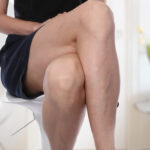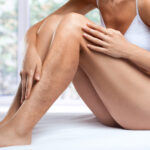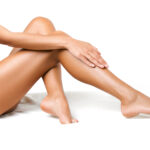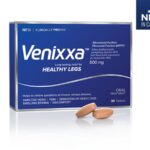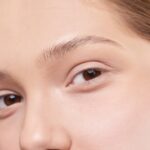By Dr. Janna Bentley
SUN SCREEN & DAMAGE: OKANAGAN SUN
With summer arriving in the sunny Okanagan, the question of tanning – and how much of a tan is safe – often arises. Unfortunately a tan reflects damaged skin cells. The DNA inside of the cells has already mutated by the time a tan appears, and therefore no amount of tan is safe. Getting a base tan is similar to the analogy of closing the gate after the horses are out. It’s too late at that point. Damaged skin cells lead to wrinkles, sun spots, and skin cancer.
What should we do then? Tanning beds are out as they are at least as dangerous for your skin as the real sun. They are likely more dangerous because people have the misperception that they are somehow safer and use them more carelessly. We’re still stuck then. Most people think that a healthy glow to your skin looks attractive. No one wants to be pasty white all summer. What then? The best option for a tan is from a bottle. There are good quality products on the market now that don’t streak orange or smell.
Self-tanning products have been around in some form or other since the invention of cosmetics. In 1960, Coppertone introduced its first sunless tanning product – QT® or Quick Tanning Lotion – but it produced an overall orange effect. Today’s sunless tanning products achieve much better results. Tanning pills, cosmetic bronzers, and sunless-tanning or self-tanning lotions and sprays are available to impart a subtle bronze glow or a deep, dark tan. Although sunless tanning products can yield a golden glow, they do not protect the skin from the ultraviolet radiation in the sun’s rays the way melanin in a ‘real’ tan does, so users of sunless tanning products still need to apply sunscreen before venturing out in the sun.
PRODUCT OVERVIEW
TANNING ON THE OUTSIDE
- Bronzers: Cosmetic bronzers produce immediate effects that can be easily removed with soap and water. Essentially a form of make-up, since the tint only lasts until it is washed off.
- Tanning Lotions and Sprays: Perhaps the most effective sunless tanning products are lotions and sprays containing dihydroxyacetone (DHA) as the active ingredient. DHA is a colorless sugar that interacts with the dead cells located in the upper layer of the epidermis. As the sugar interacts with the dead skin cells, a color change occurs and lasts a week.
- Examples: quality tanning products are James Read sunless tanners, Jane Iredale Tantasia, etc.
TANNING FROM THE INSIDE
- Tanning Pills: Tanning pills typically contain the pigment canthaxanthin. Although the FDA has approved the use of canthaxanthin as a color additive in food, it has not approved its use as a tanning agent. Canthaxanthin-based tanning pills have been linked to dangerous side effects, including hepatitis (inflammation of the liver) and canthaxanthin retinopathy (formation of yellow deposits in the retina of the eye).
- Tanning Accelerators: Most tanning accelerators are lotions or pills that contain the amino acid tyrosine. Makers of these products believe that the tyrosine stimulates and increases melanin formation, accelerating the natural tanning process.
WHY DO TANS FADE?
Skin takes a lot of wear and tear, so it naturally regenerates itself. Every 35-45 days the outer layer of the skin, the epidermis, is completely replaced. Since skin pigment is found in this upper layer, any natural or added pigment will be sloughed away in about one month’s time. This is why natural tans fade and why many self-tanning products recommend you re-apply the product every few days to maintain your tan.
Parting advice? As you’ve heard before: “Wear sunscreen.” Forget a real tan – your skin will thank you later.
Author: Dr. Janna Bentley is Medical Director of Lakeshore Vein & Aesthetics Clinic (www.veinskin.com). This article first appeared in YLW Magazine, Kelowna, BC.


